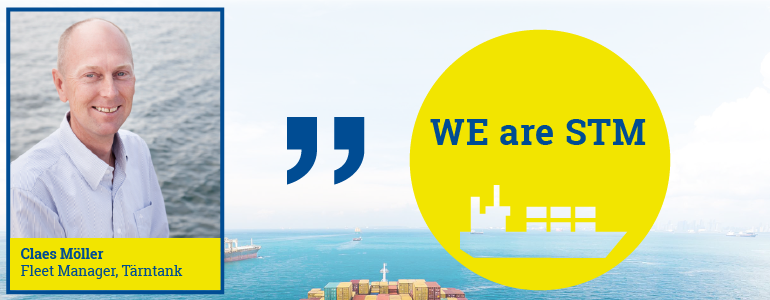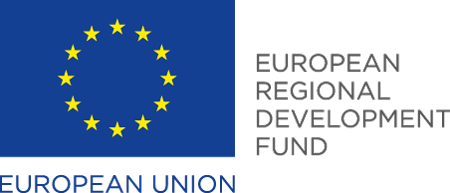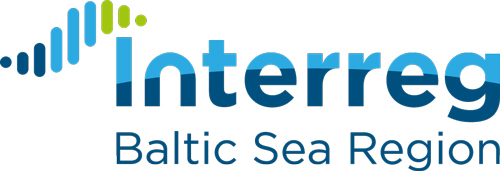We are STM – Claes Möller, Fleet Manager, Tärntank
"Sea Traffic Management has the potential to make Just-In-Time operations in shipping in a worldwide perspective possible, which is a key factor in achieving the IMO goals on greenhouse gas reductions. The economic benefits by saving the bunkers will be shared by means of using the new STM clause in the BIMCO standard contracts."
Interview
Hello Claes, who are you in short?
My name is Claes Möller and I am the Fleet manager at Tärntank Ship Management, a shipping company with about 10 tankers. I am the link between the ships and the office. I am inolved when we are building new ships, but most of my work goes into optimising the daily operations.
How would describe STM to someone who has never heard of the concept?
I would answer from my perspective as a Fleet Manager and say that Sea Traffic Management, STM, has the potential to make Just-In-Time operations in shipping in a worldwide perspective possible, which is a key factor in achieving the IMO goals on greenhouse gas reductions. The economic benefits by saving the bunkers will be shared by means of using the new STM clause in the BIMCO standard contracts.
Claes, you work for Tärntank, how are you and your organization contributing to the Sea Traffic Management Validation Project?
Nine of our ships participate in the project through our ECIDS-provider. We encourage our crews to be active and really test all the services available in the project. The just-in-time aspect is really the benefit we think is the greatest. STM provides the technology, but the business processes also need to change.
The standard contracts need to be developed. Preem a large goods and terminal owner, and Tärntank has been using the Just-In-Time concept for several years, which has resulted in big emission and bunker savings. Tärntank has also been a part in STM validation project and it was natural for Tärntank to join the BIMCO STM clause group. The result is a new STM clause available for standard contracts that stipulates how savings are split between actors. We are ready to test new STM clause in reality involving Preem and the Port of Gävle in Sweden, one of the first ports in the world where the port aspects of STM is implemented in another STM-project, EfficientFlow.
I believe that we need to continue this work to involve the port actors in the contractual agreements, either as three-party contracts or by developing the contracts between goods owners and terminals. Why? Because one obstacle to realise the fuel savings and emission reductions is the “first come, first serve” tradition which is in place in most ports around the world for bulk shipping. We need to move towards guaranteed slot times building on the STM Clause.
Let me share two examples:
1) The good STM example: Our ship Ternsund shared her voyage plan with port of Gothenburg and the terminal, stating an Estimated Time of Arrival (ETA) at 0300. The terminal was not ready and sent a Recommended Time of Arrival (RTA) for 1200. Ternsund lowered her speed from 12 to 8 knots saving 1½ tonnes of fuel worth approximately $1000 and arrived 0800. (slowing even further is inefficient for the ship and burns more bunker. Ideally the RTA could have been received earlier, so that slow speed could have been used for an even longer time.)
2) The first come first serve complication: In the same situation as above, another ship from a competitor has an ETA at 0600. If Ternsund slows down and arrives 0800, the other ship will arrive ahead and will have the quay and terminal at 1200 the next day. Unless the first come first serve custom is bypassed based on better information, Ternsund needs to keep her speed in order to avoid losing her place in the queue.
How do you find working within STM?
Everybody is eager to listen to us, the end-users. The ECDIS-provider took action immediately when we pointed out some weaknesses in the initial installations. The Shore Centre is quick to assist in getting Recommended Time of Arrival from the STM Validation test ports.
How does Tärntank plan to continue the work?
The main focus is to get just-in-time to work, but we are also looking at other future services where STM will be crucial, as choosing shorter routes, using remote pilotage and smother ship reporting.
How will STM succeed?
By helping all actors succeed. I believe the ports will be important and I am happy about the port focus in several future STM projects and initiatives. We need the ports to reap the big benefits as shipping companies.
How does STM contribute to the future shipping?
STM will be one of the main tools in the digitalization of the whole shipping industry. The focus on interoperable services and standards matches the needs of a global industry, that needs to take big steps towards improved efficiency. Let’s eliminate waiting times in the whole transport chain and sail with more load on each leg if possible.








